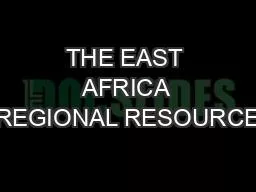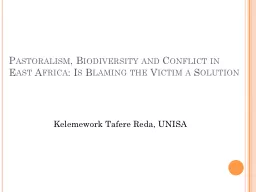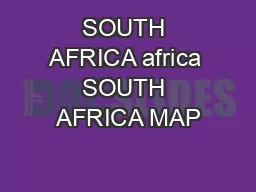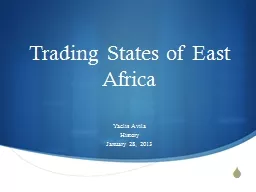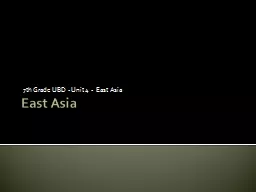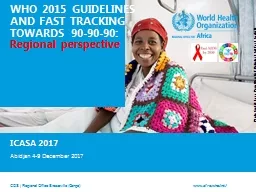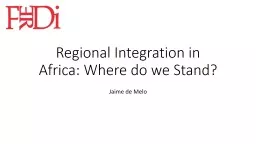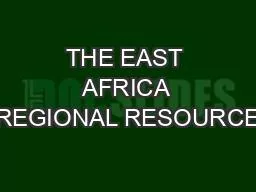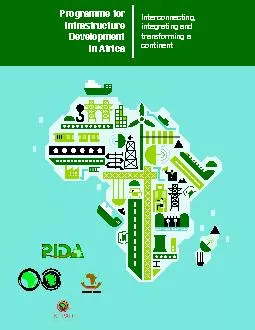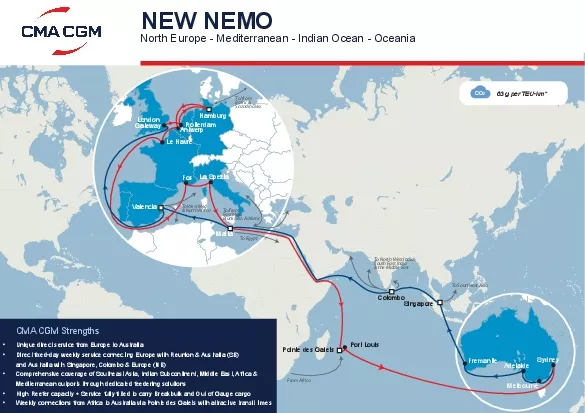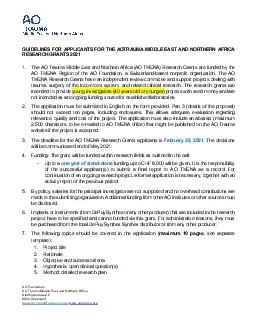PPT-THE EAST AFRICA REGIONAL RESOURCE
Author : bigboybikers | Published Date : 2020-08-28
CENTER EARC Presentation by Mr Gabriel NEGATU Regional Director EARC Background The Boards of the Bank Group approved on April 8 th 2011 the Decentralization Roadmap
Presentation Embed Code
Download Presentation
Download Presentation The PPT/PDF document "THE EAST AFRICA REGIONAL RESOURCE" is the property of its rightful owner. Permission is granted to download and print the materials on this website for personal, non-commercial use only, and to display it on your personal computer provided you do not modify the materials and that you retain all copyright notices contained in the materials. By downloading content from our website, you accept the terms of this agreement.
THE EAST AFRICA REGIONAL RESOURCE: Transcript
Download Rules Of Document
"THE EAST AFRICA REGIONAL RESOURCE"The content belongs to its owner. You may download and print it for personal use, without modification, and keep all copyright notices. By downloading, you agree to these terms.
Related Documents

